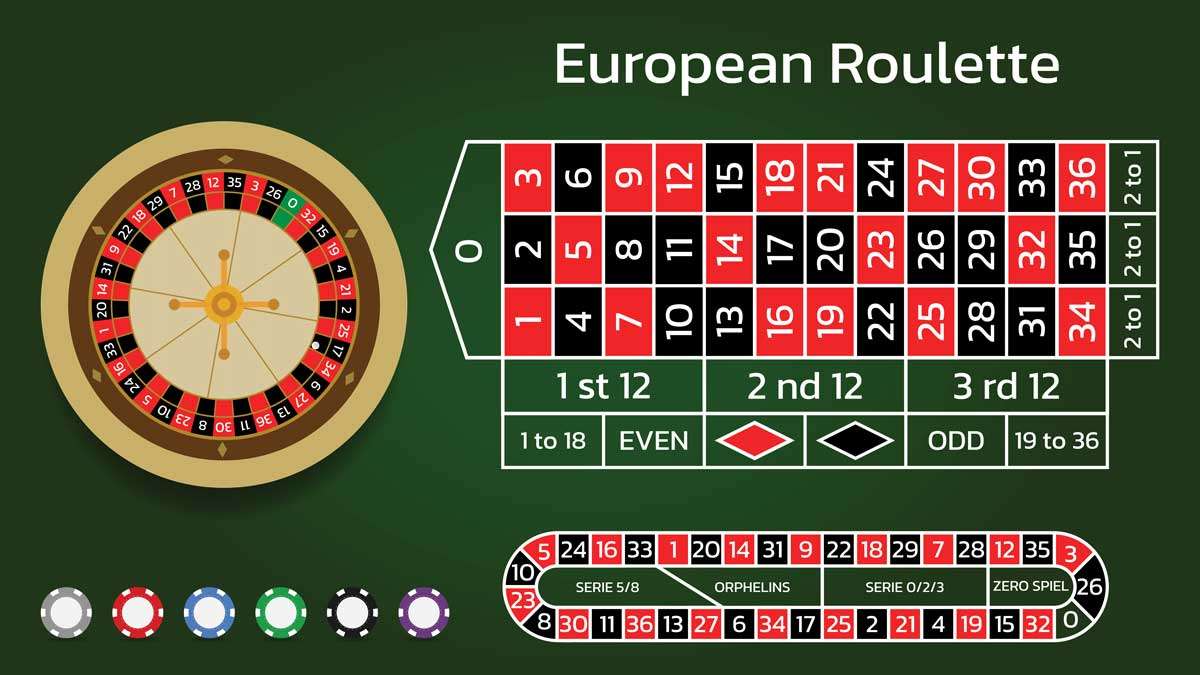Modern casino gaming operates on a foundation of mathematical precision and statistical rigour. Behind every spin of the roulette wheel, every card dealt, and every slot machine pull lies a complex web of probability calculations, data analysis, and regulatory oversight designed to ensure fair play for all participants.
The Mathematics of Fair Gaming
At its core, casino fairness revolves around well-established mathematical principles. Every legitimate casino game operates with a predetermined house edge—the statistical advantage that ensures the venue remains profitable whilst providing players with genuine winning opportunities. This isn’t about rigging games; rather, it’s about maintaining transparent, mathematically sound odds that can be verified and audited.
The Return to Player (RTP) percentage serves as a key metric, indicating how much money wagered on a game is returned to players over time. A slot machine with a 96% RTP, for instance, will theoretically return £96 for every £100 wagered across thousands of plays—though individual sessions can vary dramatically due to the inherent randomness of the games.
Statistical Methods in Practice
Gaming regulators and operators employ sophisticated statistical techniques to monitor fairness continuously. Random Number Generators (RNGs) undergo rigorous testing using chi-square tests and other statistical methods to verify true randomness. Advanced monitoring systems track millions of game outcomes, searching for patterns that might indicate equipment malfunction or fraudulent activity.
Data analysts examine everything from card shuffle patterns to dice roll distributions, employing regression analysis and confidence intervals to identify any deviations from expected probability distributions. These systems can detect anomalies that would be impossible to spot through casual observation.
Regulatory Oversight and Technology
Gaming commissions worldwide, including the UK Gambling Commission, mandate strict statistical standards for all licensed operators. Third-party testing laboratories conduct independent audits, verifying that games operate within acceptable variance ranges and that RNGs produce genuinely unpredictable outcomes.
Modern technology has revolutionised fairness verification. Machine learning algorithms can now detect subtle patterns across vast datasets, whilst blockchain technology offers new possibilities for transparent, tamper-proof gaming records. Real-time monitoring systems flag unusual patterns instantly, triggering immediate investigations when statistical anomalies arise.
The Player’s Perspective
For players, understanding these statistical foundations provides valuable insight into how casino games actually work. Fair gaming doesn’t mean every player wins—the house edge ensures that won’t happen. Instead, it guarantees that outcomes are genuinely random, that advertised odds are accurate, and that every player has the same mathematical chances of winning.
Statistical analysis also protects players from unfair practices. When data reveals that a game isn’t performing according to its stated probabilities, regulators can intervene quickly to address the issue and protect consumers.
Looking Forward
As gaming technology evolves, so too do the statistical methods used to ensure fairness. Online gaming presents new challenges and opportunities for data collection and analysis. The integration of artificial intelligence and advanced analytics continues to strengthen fairness verification systems, whilst emerging technologies like virtual reality gaming will require new statistical frameworks.
The fundamental principle remains unchanged: legitimate casino gaming must be built on solid mathematical foundations, with statistical analysis serving as both the backbone of fair play and the shield protecting players from unfair practices.
Understanding the statistical principles behind casino gaming helps players make informed decisions whilst ensuring the integrity of the gaming industry as a whole. Fair play isn’t just good business—it’s a mathematical imperative supported by rigorous data analysis and regulatory oversight.
Search the site
Casino Maths by game

Where to play?
Ready to play? If so, you need to know which is the best online casino? We'd recommend that before you start you read up the expert reviews from Gambling.com. They spend a lot of time rating and reviewing the sites so you know which ones you should trust with your money - and more importantly the ones to avoid!